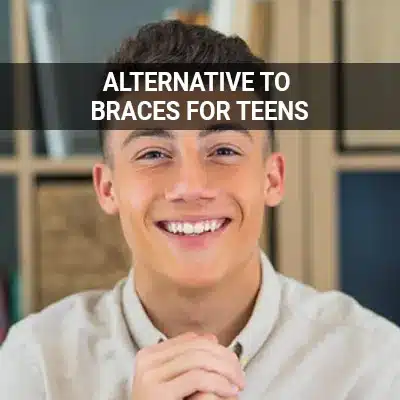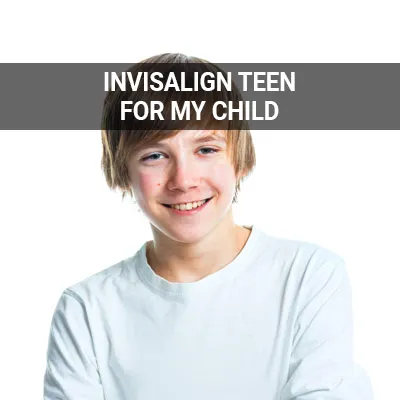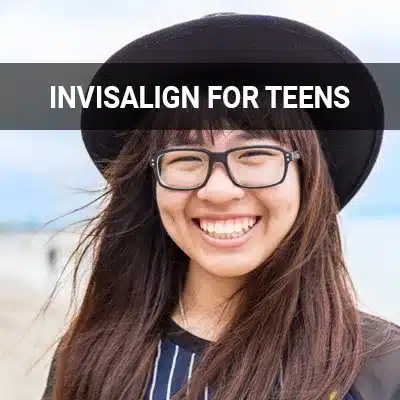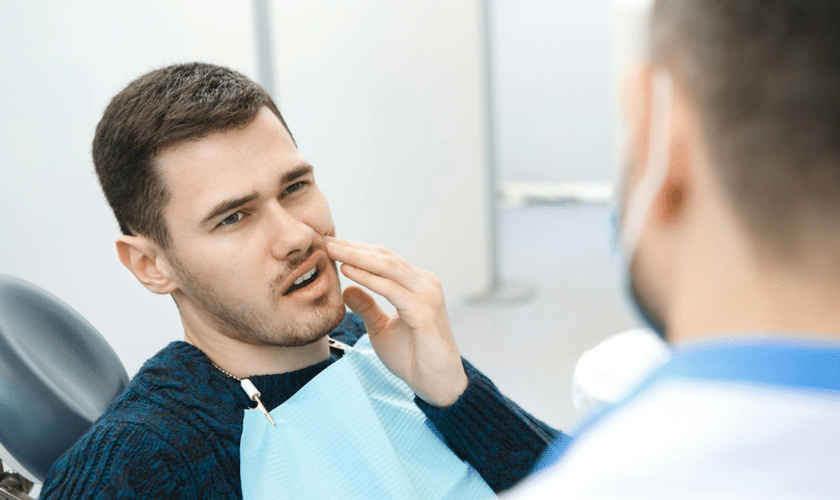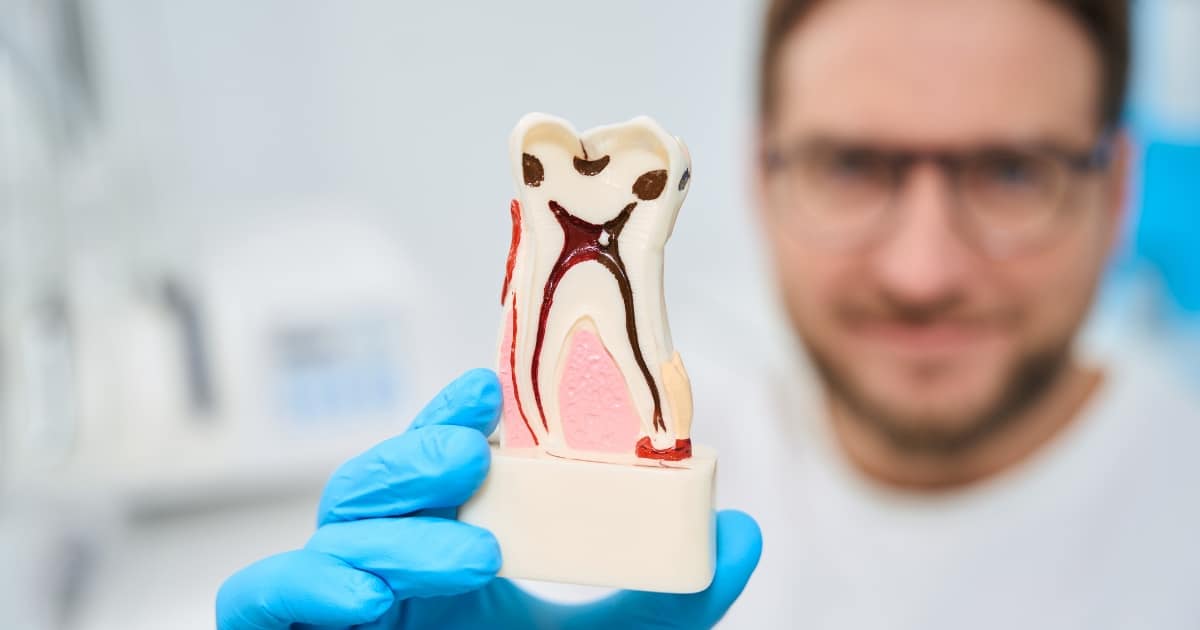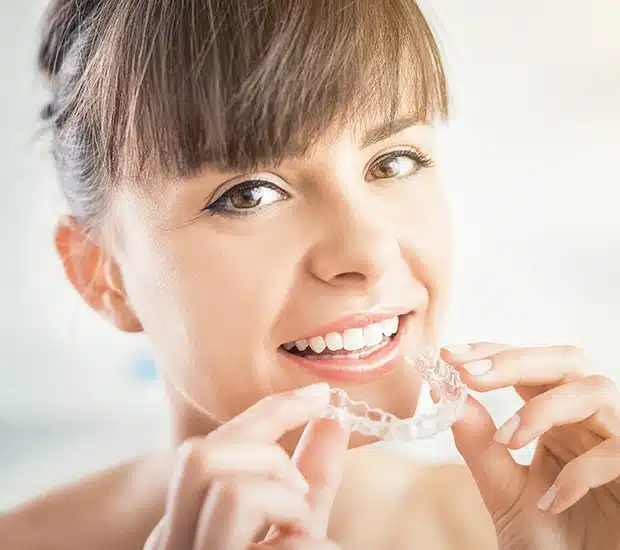
7 Things Parents Need to Know About Invisalign Teen, Glendale AZ
Many teenagers are eager to find a discreet way to fix their crooked or misaligned teeth. If your teen is reluctant to try traditional braces, Invisalign® may be an option. Invisalign's clear, removable aligners gently shift teeth into the correct position.
Invisalign for teens is available at Singh Smile Care - Dentist Glendale, AZ in Glendale AZ and the surrounding area. Our team offers orthodontic treatment for many common dental concerns. Invisalign is suitable for most adolescents. Call us today at (623) 400-6009 to schedule an appointment or learn more about our services.
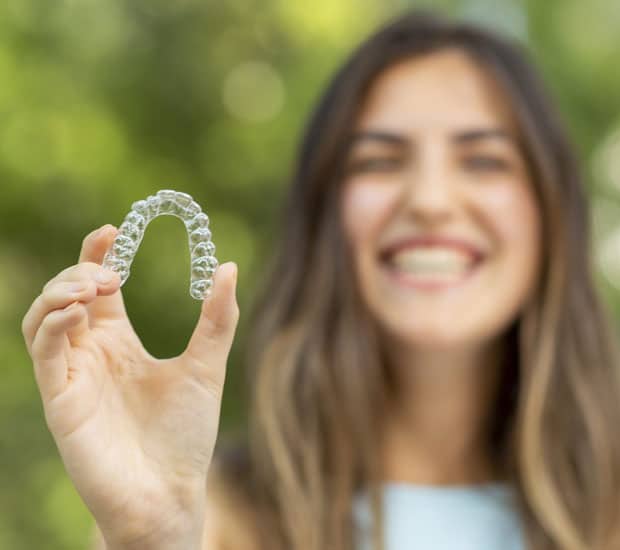
Invisalign Offers Discreet, Flexible Orthodontic Care
During adolescence, many teens are self-conscious. If a dentist recommends orthodontic care, teens typically balk at getting braces. Teenage patients tend to worry that braces will spoil their appearance.
Invisalign offers a discreet way to correct misaligned teeth. The clear removable aligners are difficult to spot once they are in place. Friends and family often have no idea that a teen is undergoing Invisalign treatment. Teens can also remove their aligners for photos and special occasions.
Invisalign offers a discreet way to correct misaligned teeth.
Invisalign Treatments Usually Take Less Than Two Years
Invisalign corrects most orthodontic problems within 12-18 months. Many patients notice significant improvement within the first six months of treatment. However, treatment plans can vary. Severe dental issues may take longer to resolve.
Consistent use of the aligners is essential. Patients should keep their aligners in place at least 22 hours per day. Aligners can be removed during meals, oral hygiene, and special events. For optimal results, patients must wear their aligners as often as possible.
Invisalign corrects most orthodontic problems within 12-18 months.
Time-Saving Benefits
Orthodontic care can involve a significant time commitment. Traditional braces often require monthly or bi-monthly appointments with an orthodontist. These appointments can be lengthy. The provider must tighten wires, replace elastics, and take measurements.
Invisalign requires less time in the dentist's chair. Without the upkeep required by wires and elastics, appointments are less frequent. Many providers schedule Invisalign appointments six weeks apart and offer aligners several weeks in advance. Patients can change their aligners at home without setting foot in the dentist's office.
Many providers schedule Invisalign appointments six weeks apart and offer aligners several weeks in advance.
Invisalign Is Fully Removable
School Formals
Sports
Pictures
Many teens prize the ability to remove their aligners while in front of a camera. With traditional braces, teens may feel too embarrassed to smile for pictures. With removable clear aligners, teens have the confidence to enjoy photos and videos.
While the aligners are removable, frequent use helps speed up treatment and ensures results. The more often your teen wears their aligners, the better. Patients should aim to wear their aligners 20-22 hours per day. Most dental providers recommend removing aligners only for meals, oral hygiene, and occasional special events.
With removable clear aligners, teens have the confidence to enjoy photos and videos.
Questions Answered on This Page
Q. How does Invisalign compare to traditional braces?
Q. How long does Invisalign take?
Q. How often do I have to see a dental provider during my Invisalign treatment?
People Also Ask
Invisalign Requires Some Care and Upkeep
Helping Your Teen Care for Their Aligners
Patients should thoroughly brush their aligners at least once a day. Our dental team can recommend specialized products to keep the trays fresh and clean. Check with the office before trying out a new product. Some oral hygiene products may damage the aligners.
Your teen should avoid eating while the trays are in place. It's fine to sip water throughout the day, but teens should remove their aligners before drinking anything else. Hot beverages like coffee can warp or stain the aligners.
Make sure your teen keeps their aligners safely stored. Some patients set their aligners on a plate or napkin while eating. This habit often leads to lost or damaged aligners. If the aligners aren't in your teen's mouth, they should be placed in a plastic case. Avoid exposing the aligners to extreme heat or cold, and keep the aligners secure in a purse, backpack, or bathroom cupboard.
The Benefits of Proper Upkeep
Invisalign can produce a brighter smile, but sloppy oral hygiene or careless habits can undermine treatment results. Keeping up with treatment recommendations pays off. Teens who follow up with their provider's recommendations enjoy straighter teeth and improved oral health. If your teen doesn't take care of their aligners or wear them daily, they may not see results.
Invisalign requires a high level of responsibility, and some teens may not be good candidates for this treatment. If your child struggles to keep up with daily chores and tasks, they might do better with traditional braces. Parents should consider whether their child is mature and responsible enough to be in charge of their own orthodontic care.
Proper dental hygiene is essential during Invisalign treatment.
